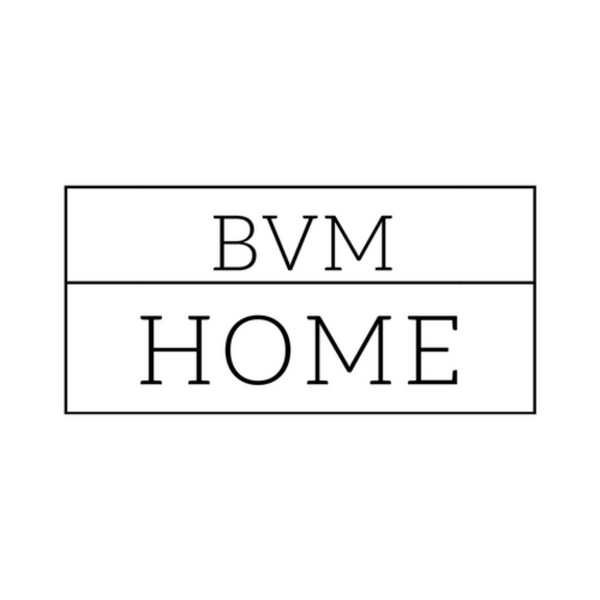
How to Hang Mural Wallpaper
Share
Our mural wallpapers are typically non-pasted, and the tools required for installation are identical to those for a standard wallpaper project. We suggest having two individuals install the mural simultaneously.
Tools Needed to Hang Wall Murals
- Paint tray, rollers, paint brush, wallpaper smoother
- Wallpaper paste
- Utility knife
- Ruler
- Level and pencil
- Ladder
- Smoothing brush
- Seam roller
- Bucket and sponge
Prepare Your Wall
For optimal results, ensure that your walls are clean, dry, and smooth. Proper preparation of the wall surface is crucial to achieving the desired outcome.
- Patch and sand any holes or imperfections in your wall.
- Use a dampened sponge to wipe the entire wall to remove any dust.
- Once the wall is dry, apply wallpaper primer to ensure proper adhesion between the wallpaper and the paste. Let the primer get dry for 7-10 days. (This is optional, but is strongly recommended for the washroom walls, or any wall that is in a humid environment)
- Turn off power and remove all faceplates and socket covers.
Install Your Mural Wallpaper
- Arrange your mural panels on the floor in correct sequence. Ensure the design aligns. (Please be aware of the 2-3cm overlap between panels)
- Please do not pre-trim your mural.
- When centering a mural on the wall, employ the level, ruler, and pencil to establish a precise reference line (plumb line) for your initial panel. When installing on a full wall, typically begin from the left corner and progress towards the right.
- Apply wallpaper paste to the mural panel, and keep a damp cloth handy to wipe up any drips.
- Install the first panel, and make sure that it is straight with your plumb line.
- Use a wallpaper smoother to firmly adhere the mural panel to the wall, with motions from the center outwards to push out all air bubbles. Use the seam roller to ensure that the edges and corners are embedded in the paste.
- Repeat the above three steps for the rest panels. Match the patterns. Please do keep in mind that there are 2-3cm overlaps between panels.
- Use the utility knife to trim the top, bottom and corners of the pieces.
- Remove excess paste with a wet sponge and clean water.

